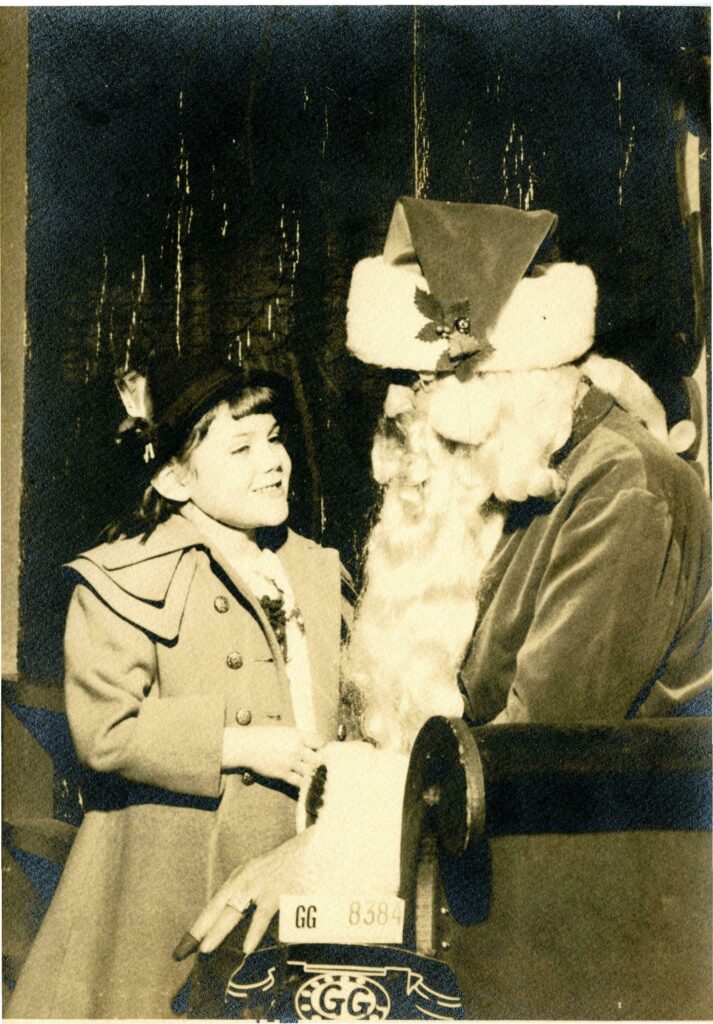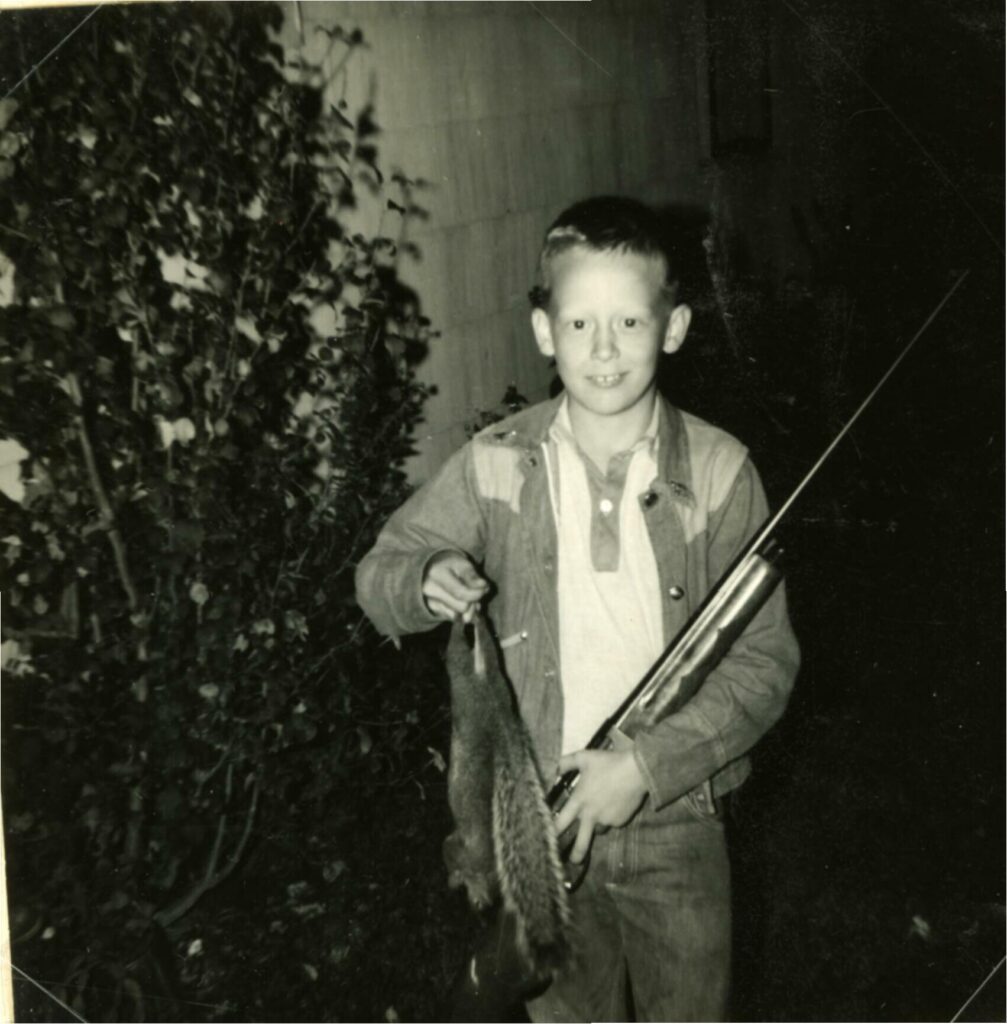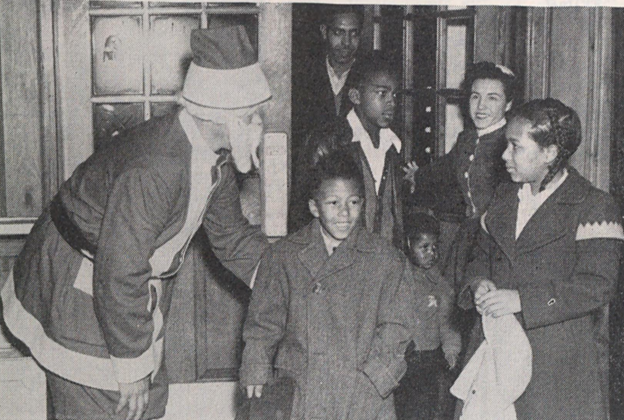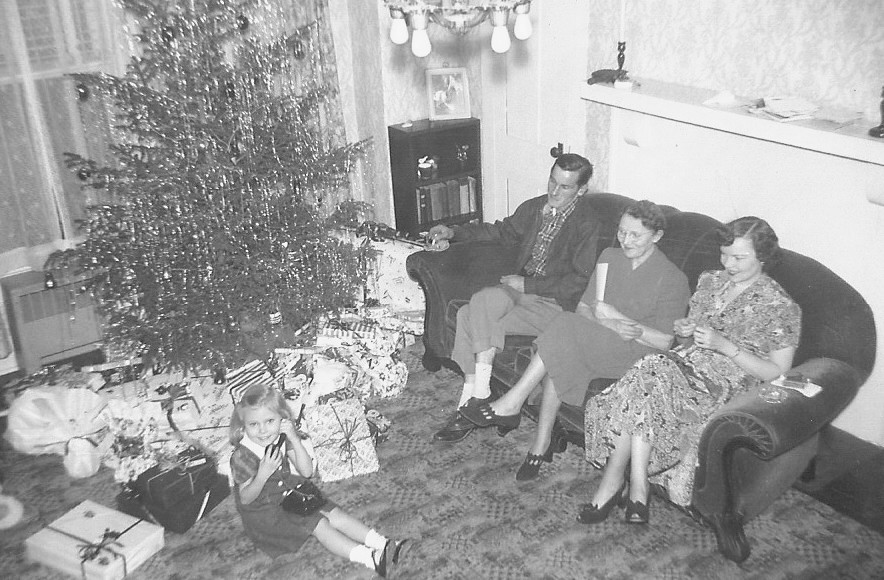Early Appalachian settlers were isolated from the conveniences of cities and stores, and so many gifts were handmade from local materials. Immigrants brought traditions from their homelands.

CHILDREN AS MINIATURE ADULTS
In bygone days children were seen as adults in training, and so many toys were meant for them to mimic the tasks of their parents and prepare them for their lives ahead. For boys, that might have meant receiving junior-sized weapons, tools, vehicles, or imitations of work animals. For girls that might have meant receiving dolls, toy or real animals, and cooking or craft implements.
CARVINGS
Hand-carved wooden items were a frequent gift in Appalachia. They were often representations of real things such as animals, vehicles, whistles, and weapons or tools. Some were “action toys” that were meant to move or do an action. This could be wooden figures meant to dance or use fishing rod, but it could also be items such as yo-yos, ball and cup toys, tops, or the iconic gee-haw-whimmy-diddle and limber jack.
A gee-haw-whimmy-diddle is a motion toy created by carving one stick with serrated ridges and loosely attaching a propellor to one end. Another stick is rubbed on the first in a motion similar to peeling a carrot, and the vibration makes the propellor spin. Its odd name comes from the ability of the user to rub the stick in one direction for clockwise spin, and the other for counterclockwise spin. The commands “gee” and “haw” are the same used to guide mules to the right or left. A limber jack is a carved wooden figure with articulated lower body joints. The figure is held on a dowel and made to “stand” on a thin piece of wood, which is struck to make it bounce and appear to dance.

DOLLS AND DOLLHOUSES
Girls of yesteryear prepared for a life of domestic work by taking care of dolls to learn caretaking. Dolls started out simply, made of rags or corn husks. In times of scarcity, some Appalachians would make dolls with apple heads. The apple was peeled and carved fresh and then dried until the face became more and more like an elderly person, when it would be ready to attach to the body and become a doll.
A family with a little more means might afford a china porcelain doll – one with a cloth body and porcelain head. These types of dolls could either be baby dolls or fashion dolls. Babies were meant for caretaking, and fashion dolls were for girls to practice dressing themselves as an adult.
Designing their home interiors was another activity that Appalachian girls could practice in miniature with toys. Doll houses were chance to see the home as a whole unit, a system of interconnected systems that the girl would one day manage. Making clothing for dolls also gave them a chance to practice and improve sewing skills with just a little bit of fabric, which would have been costly to waste.

GAMES
Games are important for social development and allow children to practice strategy and planning. Children in Appalachia might have received games as gifts. These could be items needed for outdoor games, such as marbles and game balls, as well as indoor games with boards and cards. While outside Appalachian children might have wanted to sled, swing, walk on stilts, or pretend to ride a hobby horse.
PETS
The early Appalachians didn’t have pets in the same way that we do now. A child might be given a kitten or puppy in order to practice caregiving that would be required for children or livestock.
HOME GOODS Adults might give each other home goods for gifts such as jams, jellies, carved kitchen utensils, pottery, baskets, or brooms. The focus was usually on thethe handmade and practical. A hand-embroidered handkerchief or decorative item could have been a special gift.

CORPORATION GIFTS
In Transylvania County, corporations of yesteryear were known for providing holiday festivities and gifts for their employees. Joseph Silversteen with his many tanneries and Harry Straus, founder of Ecusta, both were known for hosting holiday parties for their employees and providing employees’ children with gifts. This was part of the culture and community that some of the local industries in bygone days worked to provide along with employment opportunities.
Gifting in early Appalachia was an important part of social customs. Photographs and information for this column are provided by the Rowell Bosse North Carolina Room, Transylvania County Library. This article was written by Local History Librarian Laura Sperry. Sources available upon request.

Note the girl on the toy phone in front of the tree


